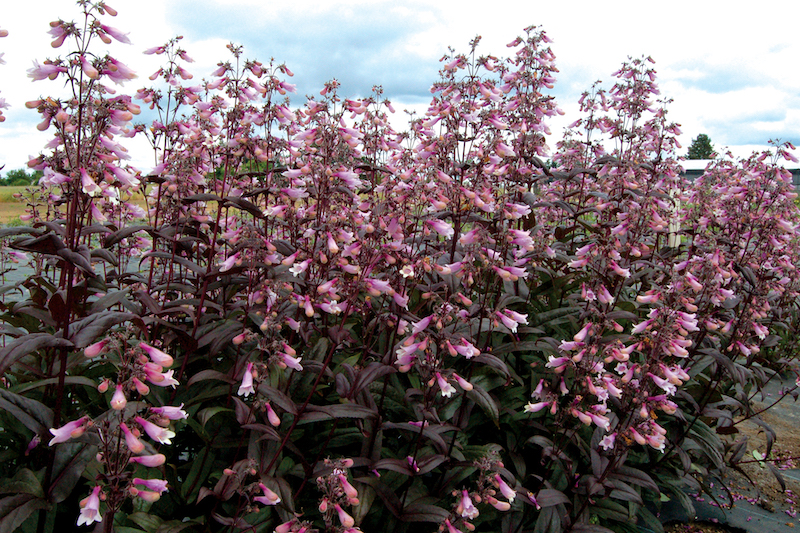Beardtongue is native to North America and is commonly found growing in the prairies, so this plant can handle dry conditions. These plants develop drought tolerance once settled in, but they do best with consistent watering for the first few years. Underwatered Beardtongue will fail to grow as large and may not set as many flowers. Routinely watering the plant ensures it is healthy and thrives.

How To Tell If Beardtongue Needs Watered
Beardtongue plants need water when the soil is dry. The plant will exhibit certain warning signs that it is dry and needs water, but it is best to water before it is distressed. Symptoms of a Beardtongue in need of water include dry, curling, or dying foliage. The central stem may lean or droop when the plant is dehydrated. In extreme cases, the plant may not bloom, or existing flowers may fall off. The soil around the plant will be dry and cracked.
How Often To Water Beardtongue
A newly planted Beardtongue will require consistent water for the first growing season. Keep the soil damp as the plant acclimates to its new surroundings.
Established Beardtongue needs minimal supplemental watering. Allow the soil to dry out between watering sessions. Beardtongue is drought tolerant, so it can go for an extended time without water, but expect the best results and healthy plants when it is watered during a dry spell. It is possible to overwater Beardtongue, as it is very susceptible to root rot, so only water when necessary.
Container-grown Beardtongue needs water more regularly than in-ground plants. Potted plants dry out quickly, so watering once or twice a week keeps the plants hydrated, healthy, and blooming.
Best Time To Water Beardtongue
Water Beardtongue in the morning during the spring and summer around the base of the plant. This plant likes direct sunlight, so a morning drink ensures it can take on the hot afternoon sun better. Beardtongue is an herbaceous perennial that does not need water during the fall and winter.
How to Water Beardtongue
Step 1 - Inspect Beardtongue for signs of water stress.
Under-watered plants will have drooping, limp stems and curling foliage. Overwatered plants will have yellow leaf tips.
Step 2 - Water newly planted Beardtongue when the plant is not showing signs of overwatering and the ground is dry.
Drench the ground around the plant to saturate the root ball.
Step 3 - Established Beardtongue plants only need water during a dry spell.
Take into account rain when determining whether the plant needs water.
Beardtongue Watering Tips
- Feel the soil and inspect the plants for signs of over- or under-watering.
- Water newly planted Beardtongue when the soil is dry, and it has not rained recently.
- Water established plants during an extended drought.
- Potted Beardtongue plants need water twice a week or when the soil is dry.
- Water in the mornings when possible.
- Do not water Beardtongue in the fall or winter.
 |
Author Alison Cotsonas - Published 05-03-2023 |
